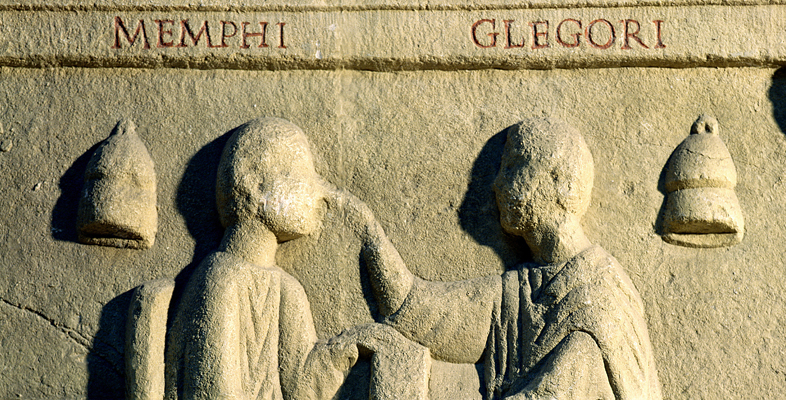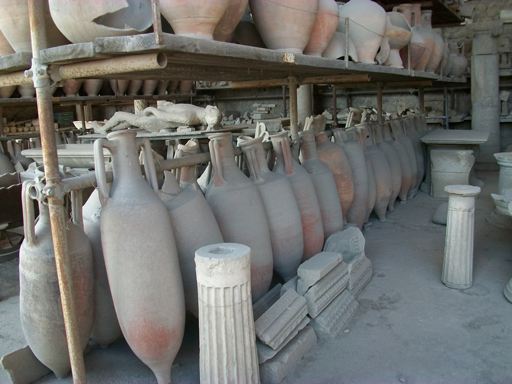2 Archaeological evidence for food and health
How does archaeological evidence add to or contradict the picture of diet gained from written sources?
A very unusual set of finds, in terms of understanding health, resulted from the eruption of Vesuvius, in autumn 79 CE. Over 50 complete human skeletons were found in Pompeii, together with a group of over 100 skeletons of people sheltering from the pyroclastic blasts at Herculaneum.
What is exceptional about all these finds is that they show what healthy bodies were like; the bodies of women, children and men, all of whom died unexpectedly in the disaster. They give a picture which is different from what would have been found if only ideal representations of the body, written evidence, or bones found in graves had been relied on. You will revisit these finds in Week 6, when looking at the variation in healthy bodies in the Roman world.

